Tomoaki Uno’s forest-inspired office in Japan is mesmerising
Tomoaki Uno's new office and events space in Japan’s Aichi Prefecture offers a way through the woods
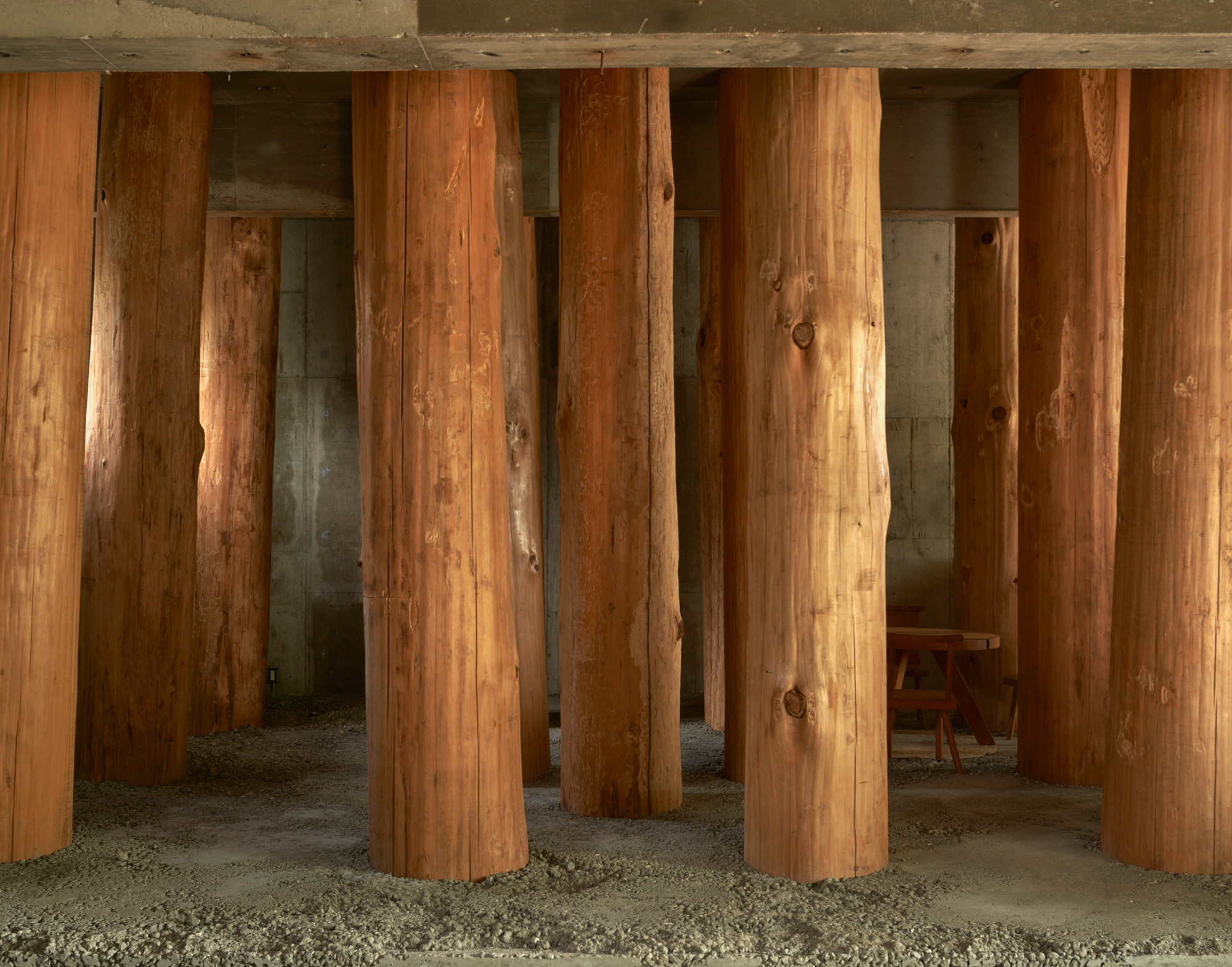
The Meito Arts Association Office, designed by Tomoaki Uno, a 62-year-old Japanese architect, is unlike any other workplace. To enter it, you are forced to bend down, then squeeze through a circular hole cut into the middle of a large cement block. When you’ve straightened up, you are suddenly confronted by large tree trunks towering over you from floor to ceiling. One of them is slightly out of line. ‘We couldn’t fit that one in but I didn’t want to waste it, so we just found a random place for it in between the others,’ the architect says. Its placement makes the room feel more like a real forest, rather than what it is: an architect-designed office space. Could we call it ‘Forest Office’?
‘I don’t mind what you call it,’ Uno says, unperturbed. ‘Each project is like a child I’ve nurtured, but that child will not be a carbon copy of me. Whatever I create as an architect is not a direct expression of me. It will have its own life.’
Uno works intuitively, in a way that is unusual for an architect. The son of a plasterer, he grew up surrounded by craftspeople: ‘Artisans can’t really hide behind their work. The end result will tell you all you need to know about them.’ He is distrustful of fancy words. He never produces architectural models or renders either. So, how does he communicate his ideas to his clients? ‘I promise to all my clients that I will personally come around if something doesn’t work and I’ll get it fixed,’ he replies.
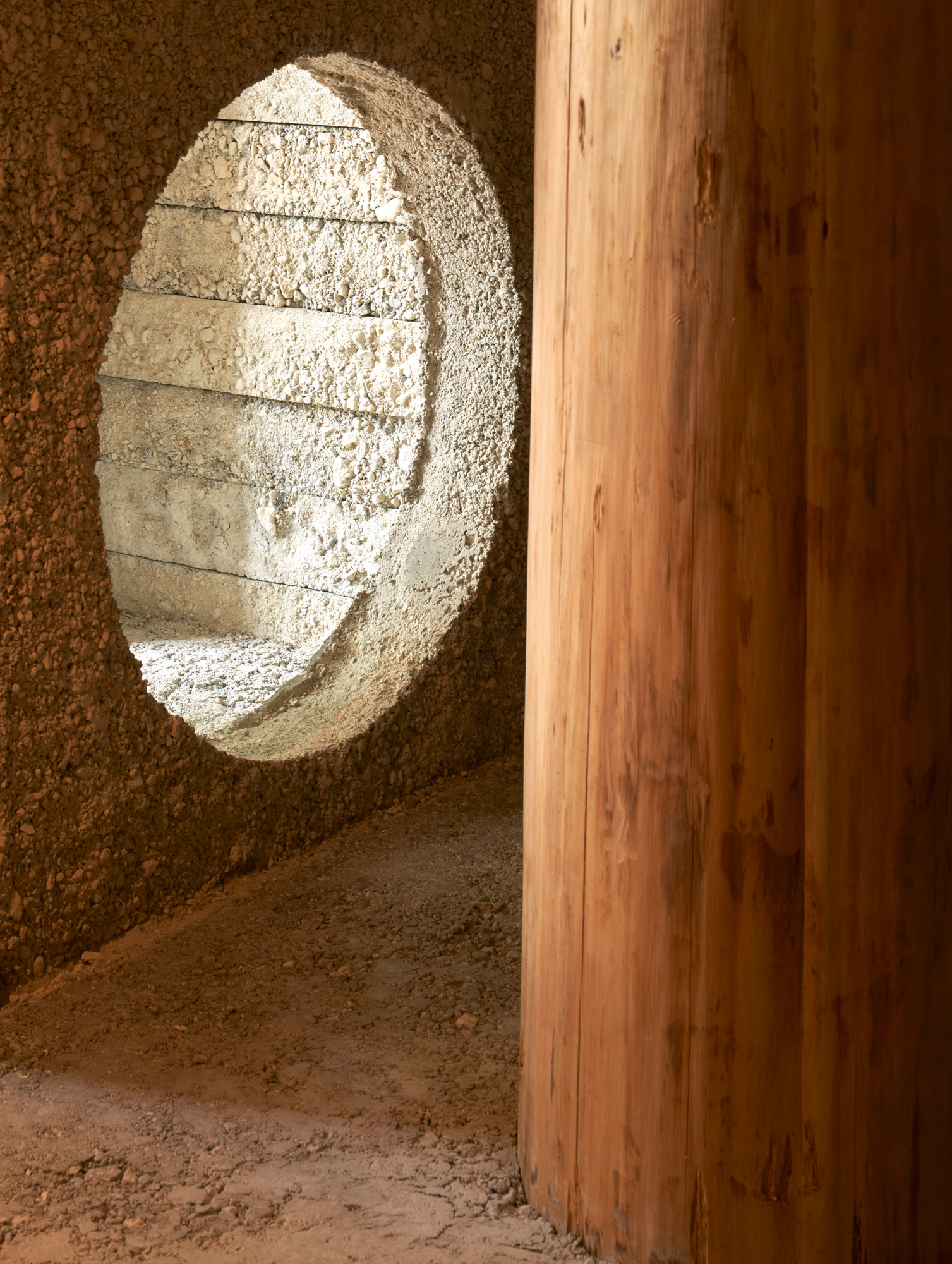
Forest Office by Tomoaki Uno
The office, located in a suburb of Nagoya city, where Uno’s architectural studio is based, has been stripped down to its bare concrete walls. A small kitchen unit has been placed on one side of the entrance, a toilet cubicle on another.
One half of the spacious office, which is located on the ground floor of a non-descript concrete building, contains a lone desk and a chair for Kazunori Ota, a young entrepreneur who has a business importing clothing. Ota works alone. Bags and boxes are strewn on the floor.
Uno recruited his long-term trusted collaborator, Yasutoshi Sakurai, to oversee the construction process. ‘Mr Sakurai is a gardener, so he is in a profession that is deeply in tune with nature,’ says Uno. Each tree trunk, procured from a timber yard in Yoshino, a mountainous region south of Nara for 80,000 yen, roughly £500 each, was lifted upright using pulleys and ropes, then fixed into the air-compressed recycled cement debris covering the entire floor space, averaging 30cm in depth.
The floor is uneven and its roughness recalls the unruly wilderness of nature. Why the tree trunks? Uno believes that the architect’s job is to bring people as close to nature as possible: ‘That’s why I leave materials in their natural state. My clients can then experience nature through the houses I build for them, through light, humidity, wood, cement, smell and noise…’
Wallpaper* Newsletter
Receive our daily digest of inspiration, escapism and design stories from around the world direct to your inbox.
‘I wasn’t prepared for the loud crackling sound coming out of these tree trunks when I first moved into the office,’ Ota recalls. The sound is caused by the raw tree trunks, as they dry out. The architect says that the sound of new wood crackling was frequently heard in traditional minka houses: ‘It was as if these houses were alive.’
Uno had previously designed a house for Ota, not far from the new office. The businessman, who studied art as a student, didn’t want a conventional work space. Uno was given free rein. ‘I had no idea how the tree trunks would fill up the space – to be honest with you, I was shocked to see how big they seemed when they turned up.’
Uno set up his own studio in 1990 at the age of 30, and now has a portfolio of around 40 built projects, mostly houses. He has developed a small but significant fan base outside Japan, mainly in Mexico and Brazil. The architect, however, remains under the radar for most people, perhaps because he is that tree trunk that has been placed off the grid.
A version of this article appears in the April 2023 issue of Wallpaper*, available in print from 9 March, on the Wallpaper* app on Apple iOS, and to subscribers of Apple News +. Subscribe to Wallpaper* today
-
 Extreme Cashmere reimagines retail with its new Amsterdam store: ‘You want to take your shoes off and stay’
Extreme Cashmere reimagines retail with its new Amsterdam store: ‘You want to take your shoes off and stay’Wallpaper* takes a tour of Extreme Cashmere’s new Amsterdam store, a space which reflects the label’s famed hospitality and unconventional approach to knitwear
By Jack Moss
-
 Titanium watches are strong, light and enduring: here are some of the best
Titanium watches are strong, light and enduring: here are some of the bestBrands including Bremont, Christopher Ward and Grand Seiko are exploring the possibilities of titanium watches
By Chris Hall
-
 Warp Records announces its first event in over a decade at the Barbican
Warp Records announces its first event in over a decade at the Barbican‘A Warp Happening,' landing 14 June, is guaranteed to be an epic day out
By Tianna Williams
-
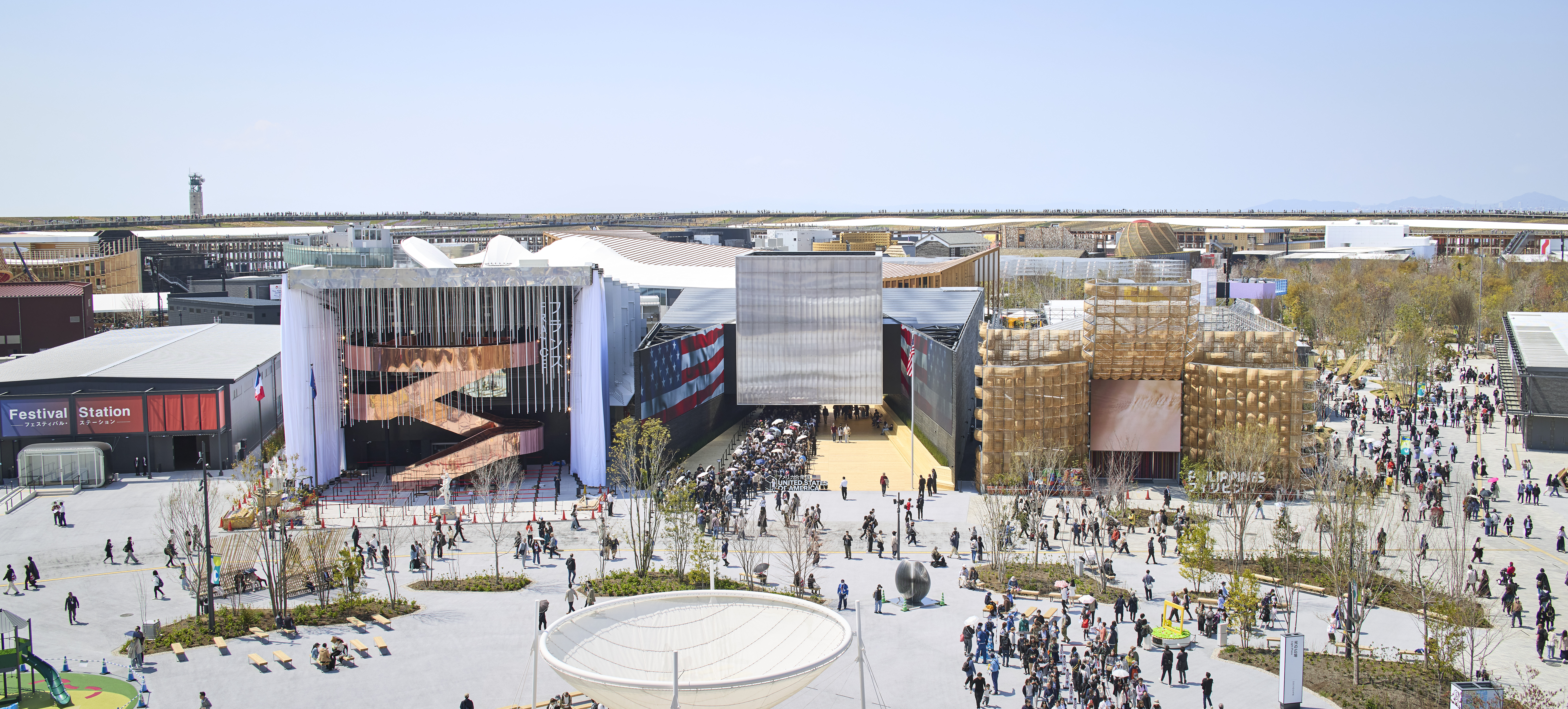 Giant rings! Timber futurism! It’s the Osaka Expo 2025
Giant rings! Timber futurism! It’s the Osaka Expo 2025The Osaka Expo 2025 opens its microcosm of experimental architecture, futuristic innovations and optimistic spirit; welcome to our pick of the global event’s design trends and highlights
By Danielle Demetriou
-
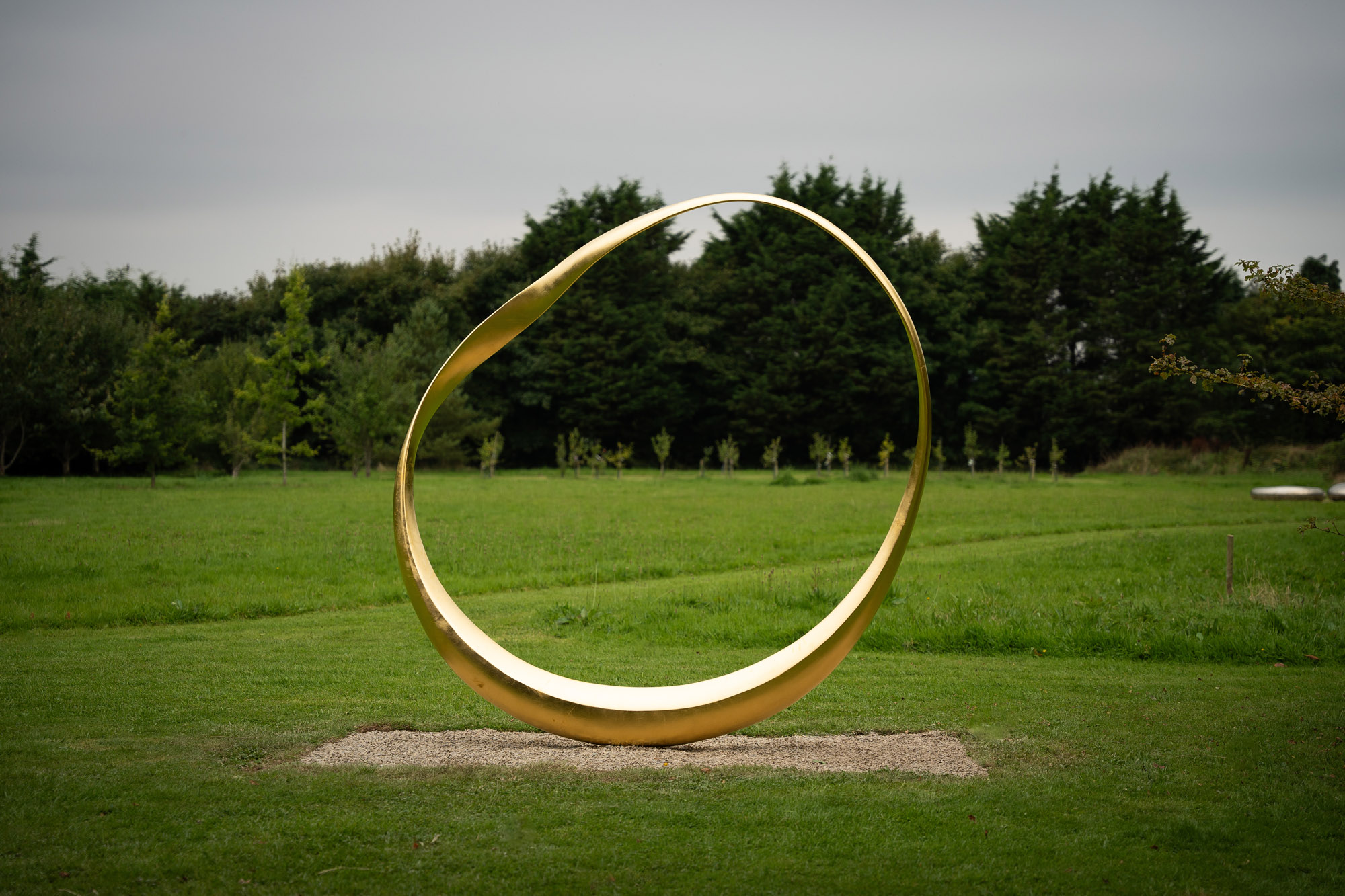 2025 Expo Osaka: Ireland is having a moment in Japan
2025 Expo Osaka: Ireland is having a moment in JapanAt 2025 Expo Osaka, a new sculpture for the Irish pavilion brings together two nations for a harmonious dialogue between place and time, material and form
By Danielle Demetriou
-
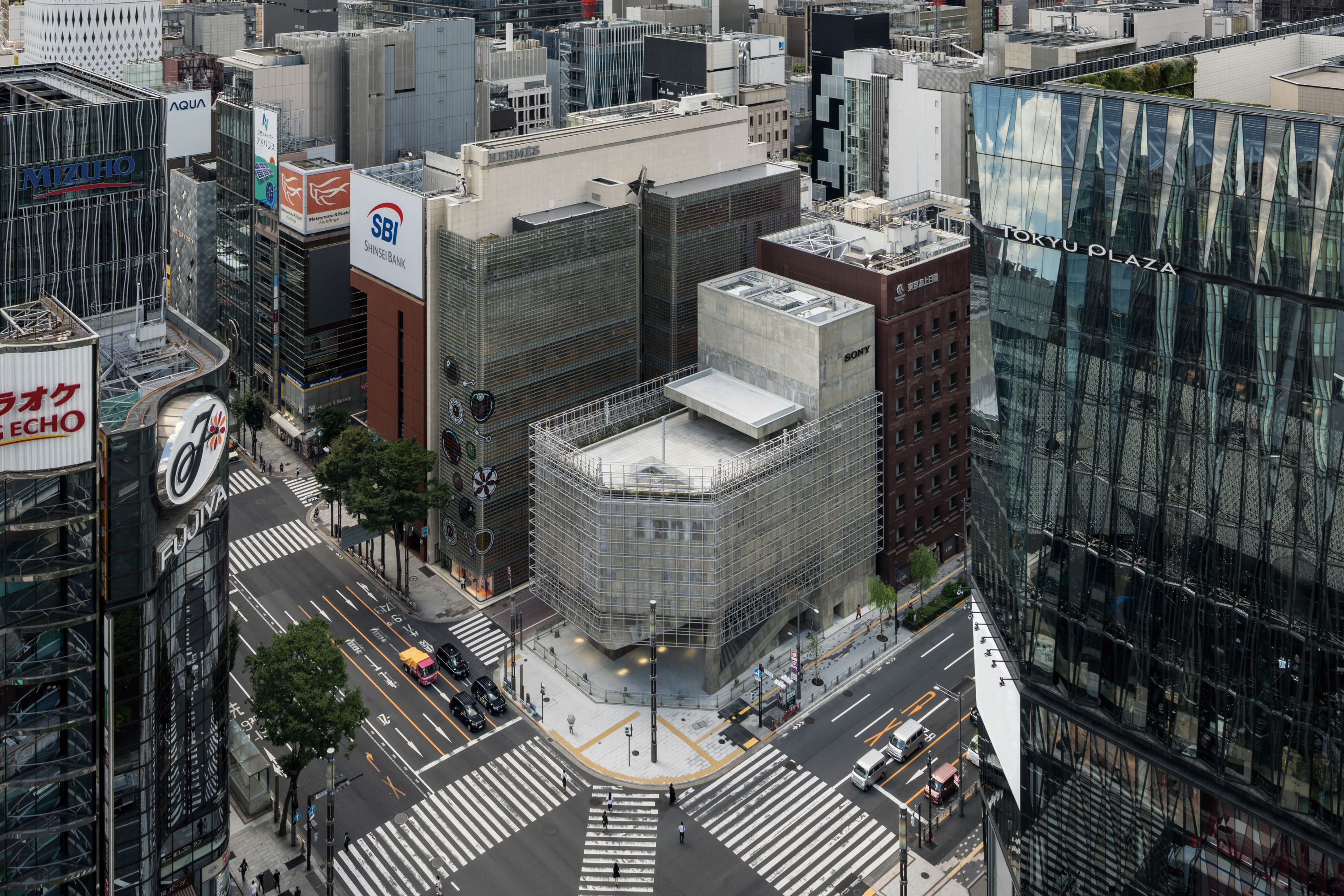 Tour the brutalist Ginza Sony Park, Tokyo's newest urban hub
Tour the brutalist Ginza Sony Park, Tokyo's newest urban hubGinza Sony Park opens in all its brutalist glory, the tech giant’s new building that is designed to embrace the public, offering exhibitions and freely accessible space
By Jens H Jensen
-
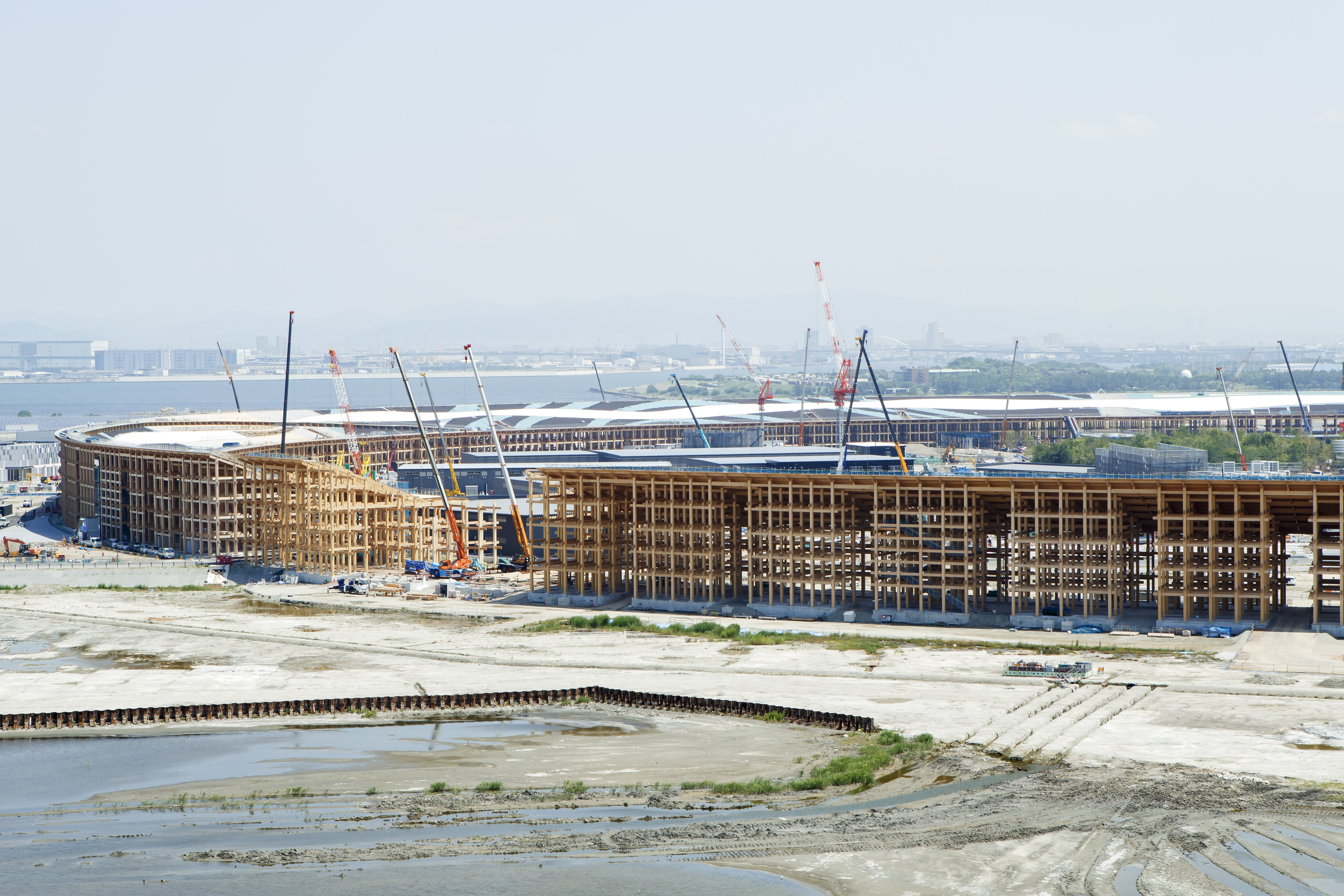 A first look at Expo 2025 Osaka's experimental architecture
A first look at Expo 2025 Osaka's experimental architectureExpo 2025 Osaka prepares to throw open its doors in April; we preview the world festival, its developments and highlights
By Danielle Demetriou
-
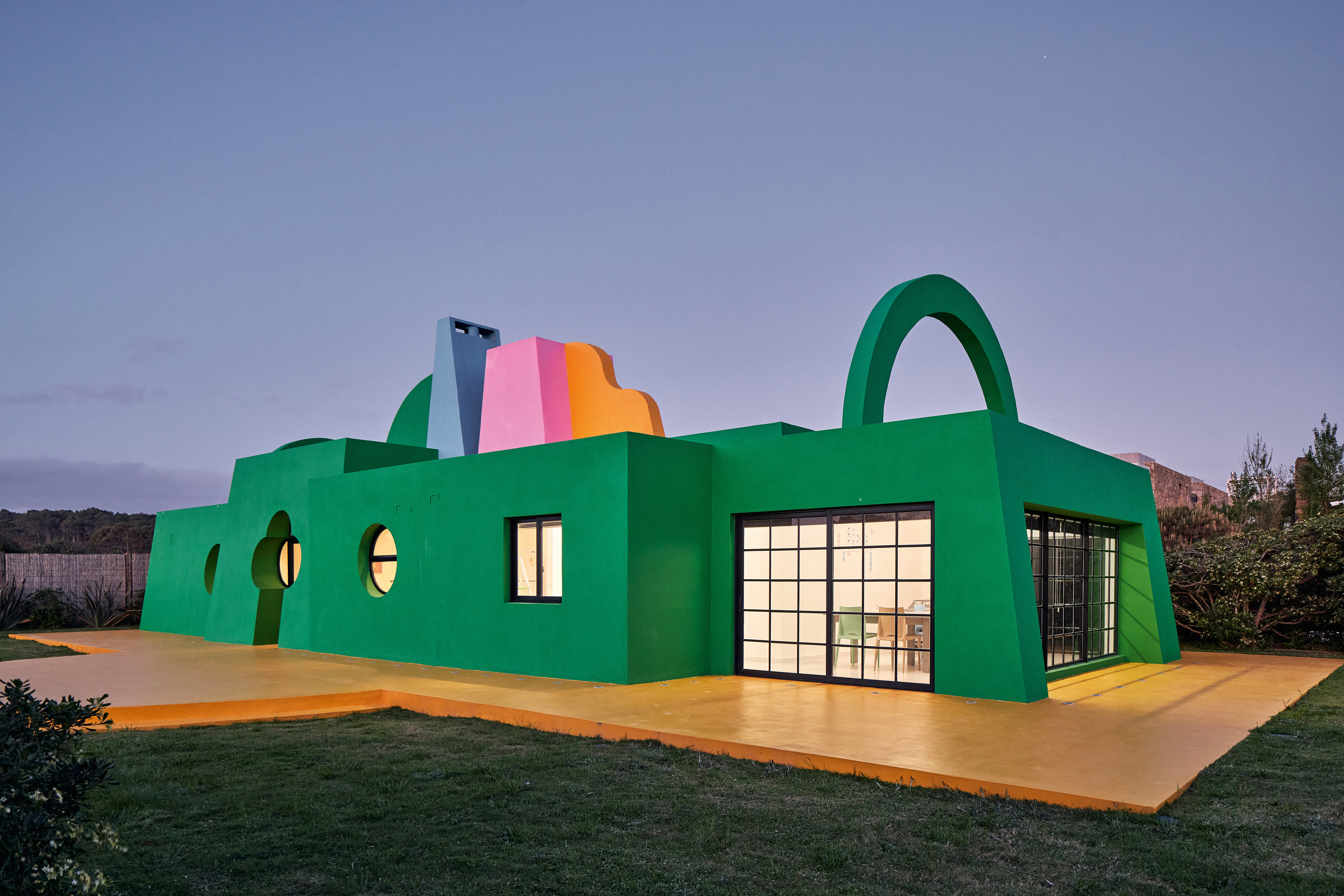 Ten contemporary homes that are pushing the boundaries of architecture
Ten contemporary homes that are pushing the boundaries of architectureA new book detailing 59 visually intriguing and technologically impressive contemporary houses shines a light on how architecture is evolving
By Anna Solomon
-
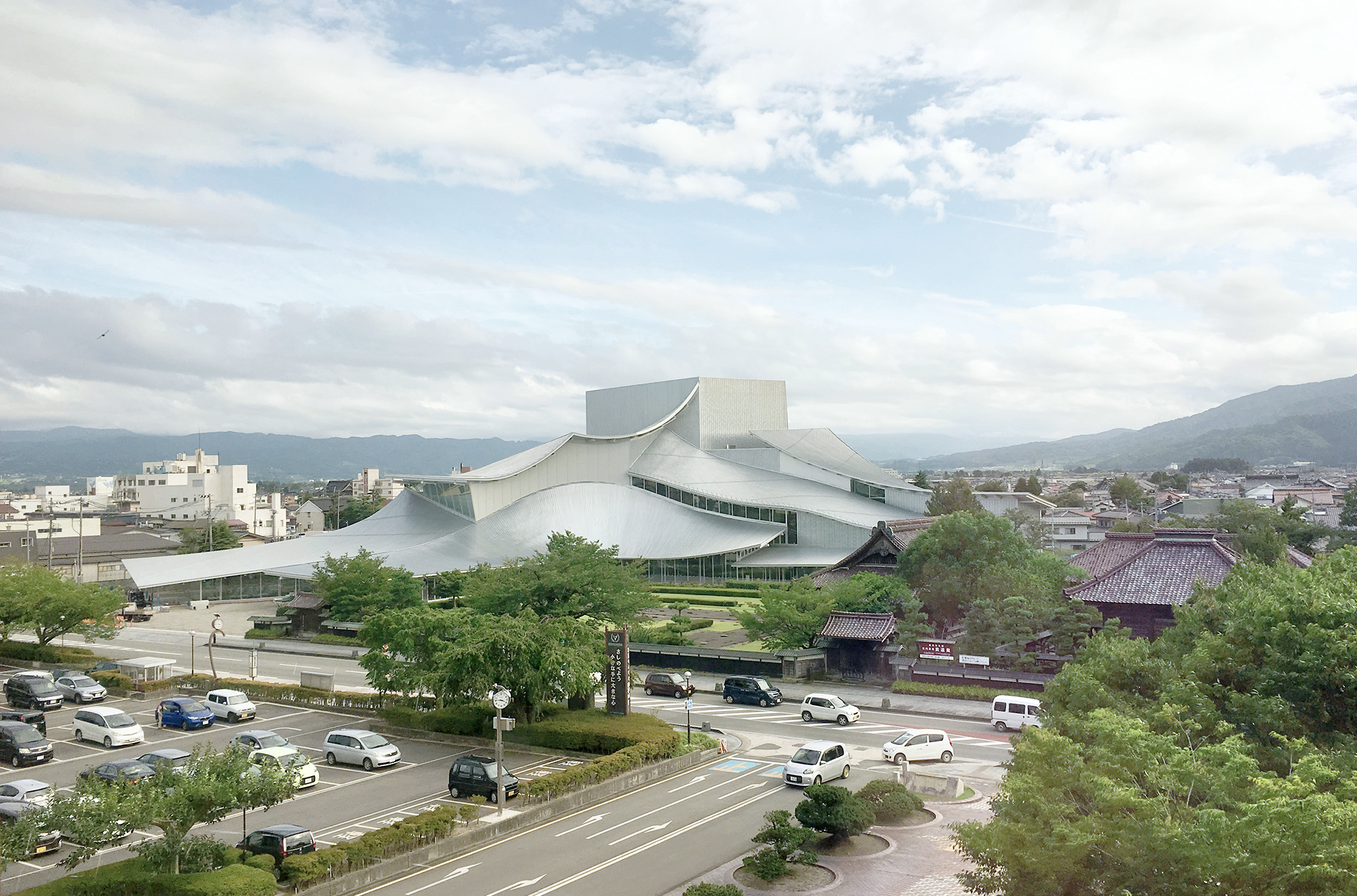 And the RIBA Royal Gold Medal 2025 goes to... SANAA!
And the RIBA Royal Gold Medal 2025 goes to... SANAA!The RIBA Royal Gold Medal 2025 winner is announced – Japanese studio SANAA scoops the prestigious architecture industry accolade
By Ellie Stathaki
-
 Architect Sou Fujimoto explains how the ‘idea of the forest’ is central to everything
Architect Sou Fujimoto explains how the ‘idea of the forest’ is central to everythingSou Fujimoto has been masterminding the upcoming Expo 2025 Osaka for the past five years, as the site’s design producer. To mark the 2025 Wallpaper* Design Awards, the Japanese architect talks to us about 2024, the year ahead, and materiality, nature, diversity and technological advances
By Sou Fujimoto
-
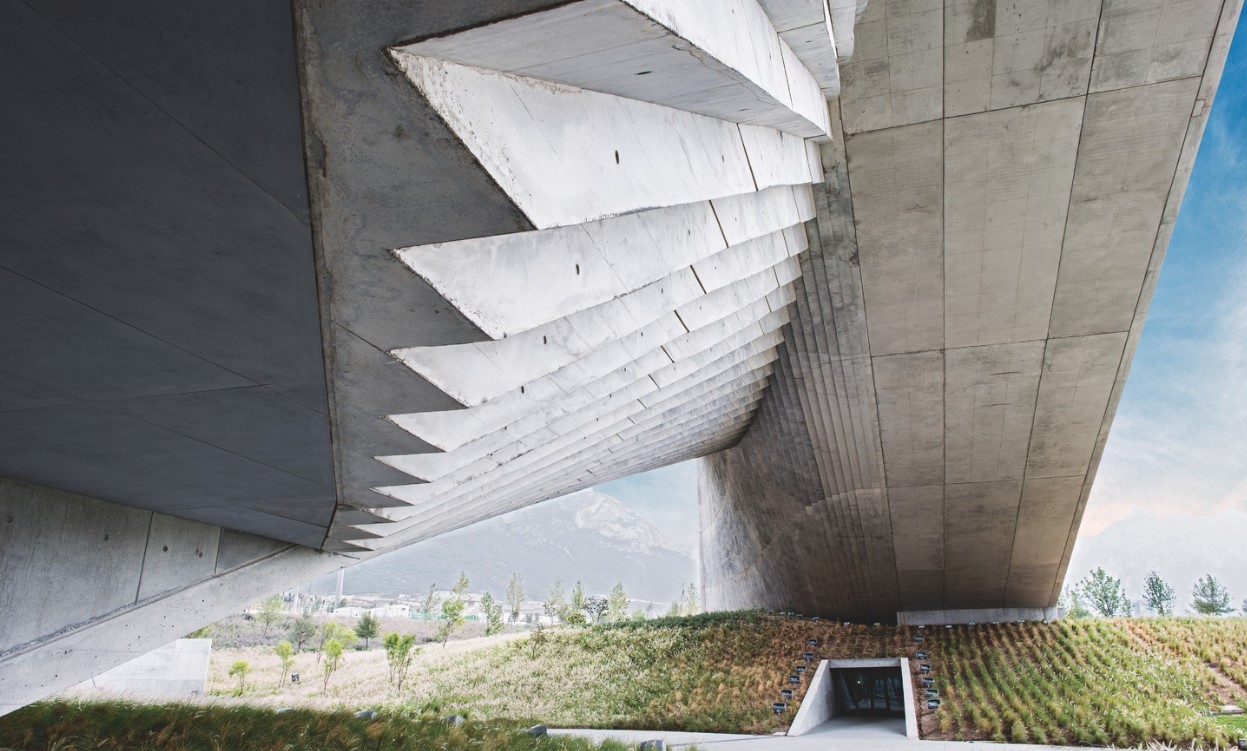 Tadao Ando: the self-taught contemporary architecture master who 'converts feelings into physical form’
Tadao Ando: the self-taught contemporary architecture master who 'converts feelings into physical form’Tadao Ando is a self-taught architect who rose to become one of contemporary architecture's biggest stars. Here, we explore the Japanese master's origins, journey and finest works
By Edwin Heathcote